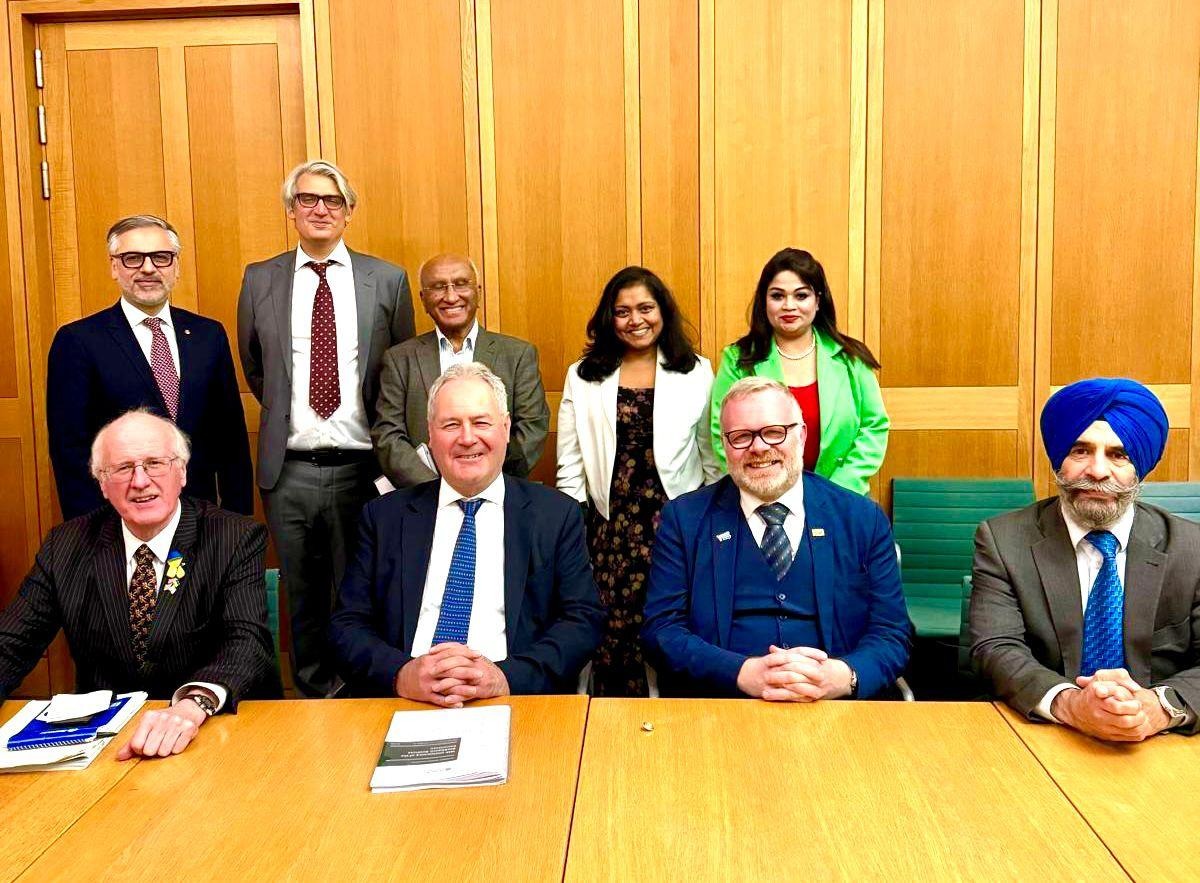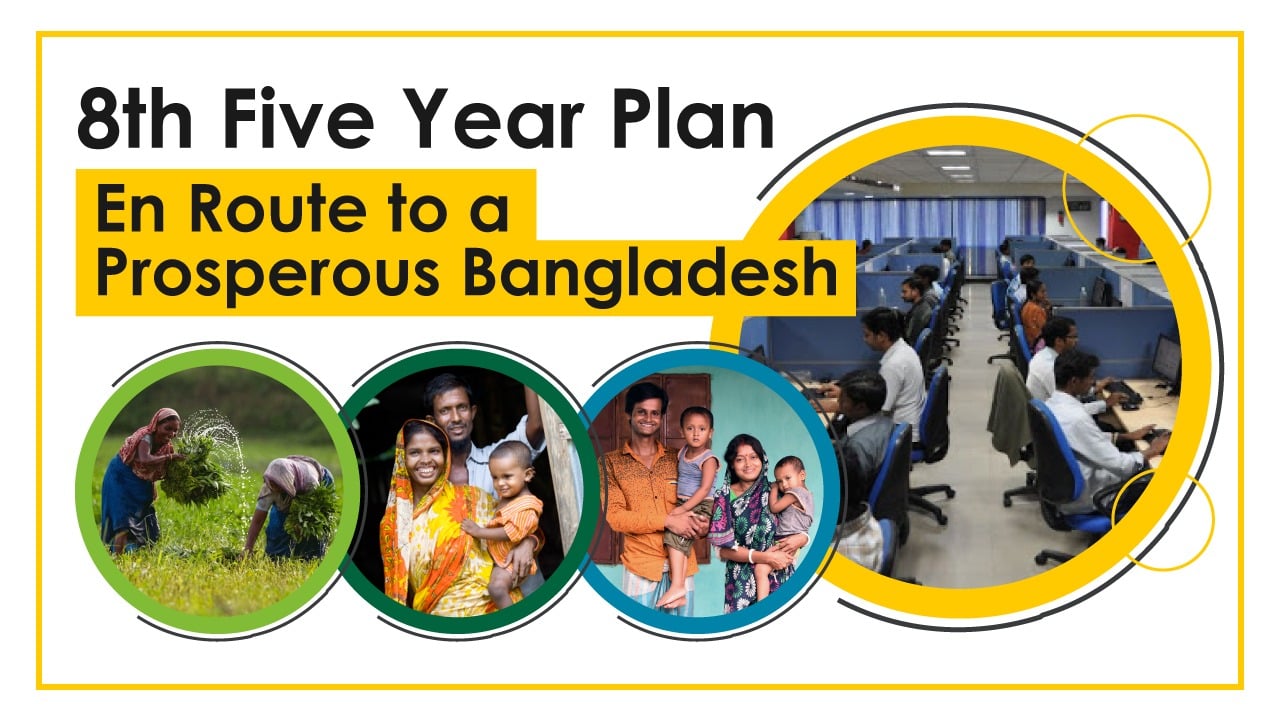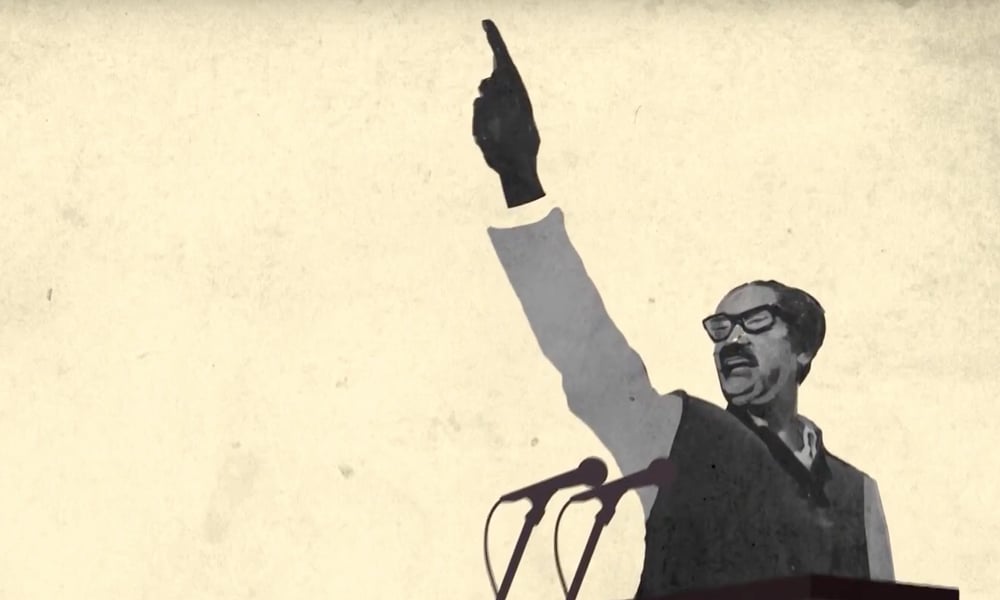2932
Published on January 1, 2023One of the prerequisites for the economic prosperity of a country is the development of a communication system. Improvements in road connectivity within the country opened up new horizons of possibilities. The task of facilitating road connectivity in a riverine country like Bangladesh is not easy. For this purpose, there is a need to build bridges. Therefore, comprehensive planning is necessary to bring simultaneous modernization and development in communication. The present government's far-reaching overall plan has revolutionized the communication system today. After inaugurating 100 bridges in one day a few days ago, Prime Minister Sheikh Hasina inaugurated 100 roads and highways together. It is a milestone in the development of the country's communication system. For a developing country like Bangladesh, the self-financed construction of the Padma Bridge was the biggest challenging task. Examples of connecting bridges across the mighty river with strong currents (roughness) like Padma are rare in the world. This has been possible under the courageous leadership of Prime Minister Sheikh Hasina. The construction of hundred bridges and hundred highways is one of the achievements of the last fifty-one years. The current government deserves praise from the people of Bangladesh for completing this huge task.
With the opening of the roads, domestic and international road communication will be developed along with the expansion of trade, economy, education and culture. It will contribute to the growth of the country's GDP. Through this, 2 thousand 21 kilometers of roads have been activated across the country. Among these, there are 70 kilometers of international standard roads. It is hoped that it will be used as a corridor of the South Asia Sub-Regional Economic Cooperation (SASEC) comprising seven Southeast Asian countries - Bangladesh, Bhutan, India, Nepal, Sri Lanka, Maldives and Myanmar.
It is clear that whenever the Awami League took over power the communication sector was given the most importance. Not only road communication but also railways, rivers and air are developing. Apart from the national highway, roads are being constructed up to upazila, unions and ward levels. Village-to-village small roads are also improved. As people's socio-economic development has taken place, so has the opportunity for improving the communication system of the country.
Father of the Nation Bangabandhu Sheikh Mujibur Rahman started the work of rebuilding the country after returning home on January 10, 1972, among which the overall rehabilitation and development of the communication system was the most important. Dependent on foreign aid, war-torn Bangladesh's communications sector was rapidly being rehabilitated. Unfortunately, it is true that after the brutal assassination of Bangabandhu, all development works stopped. In the following decades, the communication sector of Bangladesh could not maintain the expected development trend. A different picture of development is seen in the past decade. Under the supervision of a stable government system, the communication sector like other sectors of the country has received a positive level of development.
The journey of metro rail is going to start in Bangladesh along this route. Prime Minister Sheikh Hasina inaugurated the metro rail after addressing a public meeting in Uttara yesterday. The country's first metro rail will be fully open for passengers from today. The first train will be driven by a female driver named Maryam Afiza.
Security instructions for the day have been issued on the advice of the Prime Minister's Special Security Force SSF. As spectacular as the opening ceremony of the country's first Metrorail was supposed to be, it was curtailed due to the economic crisis.
Initially, the train will stop for some extra time at each station to familiarize the passengers with boarding and seating. But later the number of trains will increase and the standing time at the station will decrease. The train will run at a maximum speed of 100 kmph. It takes only 20 minutes to go from Agargaon to Diabari in Uttara. Each Metrorail train will have 6 coaches. Among these two coaches at either end are called trailer coaches where the driver and 48 passengers will be there. Each of the remaining four coaches will carry 54 passengers. In total, a train can carry 306 passengers in one trip. When the train management is fully operational, around 60 thousand passengers will be able to be transported every day. At four Metrorail stations, passengers can bring their cars to the train stairs or elevators if they wish.
Besides, the passengers of buses, taxis or autorickshaws have been given the opportunity to come and get down very close to the station. These four stations named Station Plaza are Uttara, Agargaon, Farmgate and Kamalapur. Passengers will be able to enjoy the facilities of the plaza at the first two stations from December 29. The stations will have all the modern facilities. Three-storied stations can be accessed by lifts, escalators and stairs. Passengers who buy tickets on the second floor will proceed to the third floor which will be used as a platform. No passenger without a ticket can enter there. Safety nets and train doors will open and close automatically.
Metrorail fares are in some cases not convenient for very short distances but are quite affordable for long-distance commuters. The government has set the Metrorail fare at a minimum of Tk 20 and currently, the bus-minibus fare is set at a minimum of Tk 10. The fare of this 20 km from Uttara to Motijheel metro rail has been fixed at Tk 100. The distance from Uttara Diabari to Agargaon is 12 km. The fare calculation for this distance is the same fare from Uttara North Station to Uttara Center and Uttara South - 20 taka. Metrorail fares are affordable. Entry and exit cards should be opened by punching. Altogether, maximum use of modern technology is ensured.
Dhaka has developed as an unplanned city. The communication infrastructure for movement within it was never even close to international standards. Apart from this, it is almost impossible to build a planned road system while keeping the residential and commercial infrastructure intact. Still, efforts are being made to reduce congestion by maintaining the existing transportation infrastructure. As part of this effort, the Bangladesh government took up the Metrorail project in 2012.
The main work started in 2017 in collaboration with Japan International Cooperation Agency (JICA). Under this project, from Diabari to Motijheel, the project from Diabari to Agargaon has been completed. There are 9 stations in this section; They are Uttara Diabari, Uttara Centre, Uttara South, Pallabi, Mirpur-11, Mirpur-10, Kazipara, Sheorapara and Agargaon.
Apart from this, there will be 7 stations from Agargaon to Motijheel under construction; They are - Bijoy Sarani, Farmgate, Kawran Bazar, Shahbagh, TSC, Press Club and Motijheel. The work on this phase is expected to be completed by the end of next year and it may take up to 2025 to complete the 1.16 km metro rail from Motijheel to Kamalapur. In assessing the need for our projects, the amount of triage is hardly noticeable; but problems arise in the implementation and maintaining transparency in project costs. A common problem in almost all projects is that the project work is not completed within the specified time and due to this the project cost increases significantly. There is one problem with such a grand project. Generally, such projects are done as an integrated part of a transportation system around the world. But we tried to tackle the project as a separate project. In that case, the traffic pressure on the station connecting roads may exceed the tolerable level.
Currently, Dhaka provides 37 percent of the total GDP. It could have increased if there were no traffic jams. On the one hand, labor hours and productivity are decreasing due to traffic congestion, investors are losing interest, and Dhaka's economic growth is decreasing. Many economic opportunities for urbanization are not available in major cities of the country due to traffic jams.
Poor public transport and intolerable traffic jams are major obstacles to increasing productivity in the capital city of nearly 20 million people. Traffic jams in Dhaka and Chattogram are major obstacles to gaining credibility as a sustainable middle-income country. The slow pace of implementation of plans to address traffic congestion against the backdrop of rapid population growth is also exacerbating the problem. Excessive pressure of population explosion, centralized administration in Dhaka, the pressure of the centralized government, and private and autonomous institutions for the unbearable and severe problem of traffic jams. Even in the digital age, politics, business, jobs, education, health, and government institutions are all Dhaka-centric. However, despite all the limitations and weaknesses, the Dhaka Metrorail is expected to add a new dimension to the transport system of the capital and reduce the problem of traffic jams.
Writer: Columnist
Courtesy: Daily Sun














